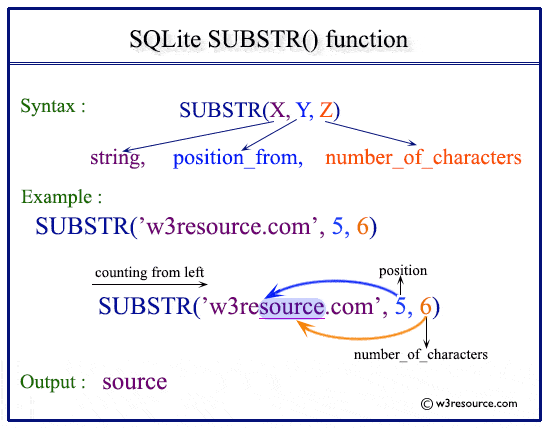

- #Sqlite regex less than 10 how to#
- #Sqlite regex less than 10 update#
- #Sqlite regex less than 10 full#
- #Sqlite regex less than 10 code#
- #Sqlite regex less than 10 windows#

To set a conditional format you can right-click a cell or right-click a filter bar, then click ‘Edit Conditional Formats…’ to open the dialog. equals, does not equal, less than, more than, LIKE, etc. Conditional formats can select for anything that can be filtered for, e.g. It works very similarly to what you might know from your spreadsheet application.Ĭonditional formats are set per column and multiple formats can be configured for each column. With this, you can set colours, font, font size, text alignment, and more depending on the values of the cell. We have added a new feature for configuring conditional formats in the Browse Data tab. This allows you to add and edit constraints for multiple columns but it is also useful for setting constraint names or just getting an overview of all constraints in the table. We have also added a new constraint editor. This should make editing the schema of large tables a lot faster. With this release DB4S keeps track of all your modifications, only applying them in one single process when clicking the OK button. Before each of these modifications would be carried out immediately which, for large tables, makes editing them very slow and tiresome.

For example, when renaming a column you might want to edit its data type or default value too. Often you do not edit just one bit of your table schema.
#Sqlite regex less than 10 full#
This gives you the full ALTER TABLE support we offer but additionally, all the benefits just mentioned. Starting with this release DB4S makes as much use of this new feature as possible.
#Sqlite regex less than 10 update#
This does not only make renaming columns a lot faster, it makes it safer too because the new process is less prone to errors and also makes sure to update all references to the renamed column in your indices and triggers. SQLite 3.25.0 added support for renaming columns with the ALTER TABLE command (previously you had to create a new table with the renamed column, copy all data over, delete the old table, then rename the new table - even leaving out some details of the process here…).
#Sqlite regex less than 10 windows#

I was able to get it to work this way: sqlite> SELECT 'pancakes' REGEXP '(^pan)|cakes$' I tested on 3.37.0 and then upgraded to 3.39.3 but it still fails.
#Sqlite regex less than 10 code#
The syntax documented in a code comment block suggests that the syntax you used should work, but I find it does not. I found the code for the default regexp implementation: How can I do grouping, anchoring, | etc? I wasn't able to find much about the regex style in the docs, just something saying that REGEXP operator is really using some regex function under the hood. (escaping the parens also gave the same error) Uh oh: sqlite> SELECT 'pancakes' REGEXP '(^pan)|(cakes$)' Maybe the precedence is off, I'll group to be safe. Maybe I have to escape |? But doesn't work: sqlite> SELECT 'pancakes' REGEXP '^pan\|cakes$' ĭoes | work at all? Yes, it seems to, but maybe not doing what I think: sqlite> SELECT 'pancakes' REGEXP 'pan|cakes' That works fine in Python: > re.search(r"^pan|cakes$", "pancakes") I always thought | had "everything to left" and "everything to right" behavior (low "precedence"?): sqlite> SELECT 'pancakes' REGEXP '^pan|cakes$'
#Sqlite regex less than 10 how to#
But, I couldn't figure out how to do some basic things in the new built-in SQLite regexes (version 3.37.2)Īttempting to match a whole string with ^ and $ anchors works as expected: sqlite> SELECT 'pancakes' REGEXP '^pancakes$' I'm pretty used to the PCRE regex flavor at this point, and some other alternatives like plain grep's style.


 0 kommentar(er)
0 kommentar(er)
